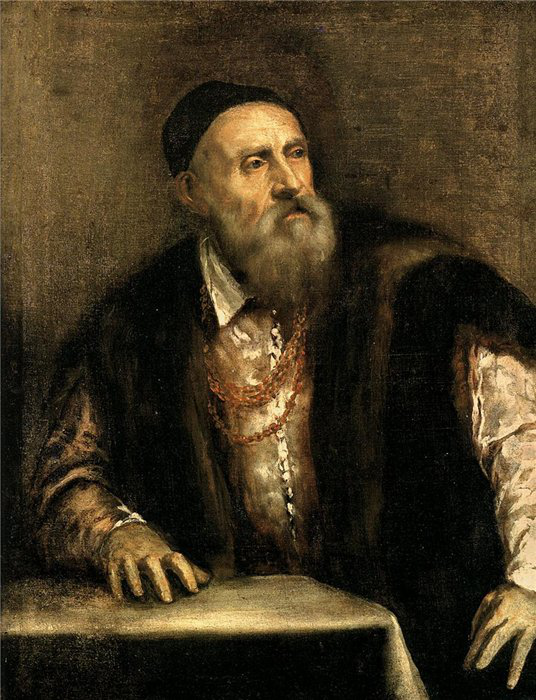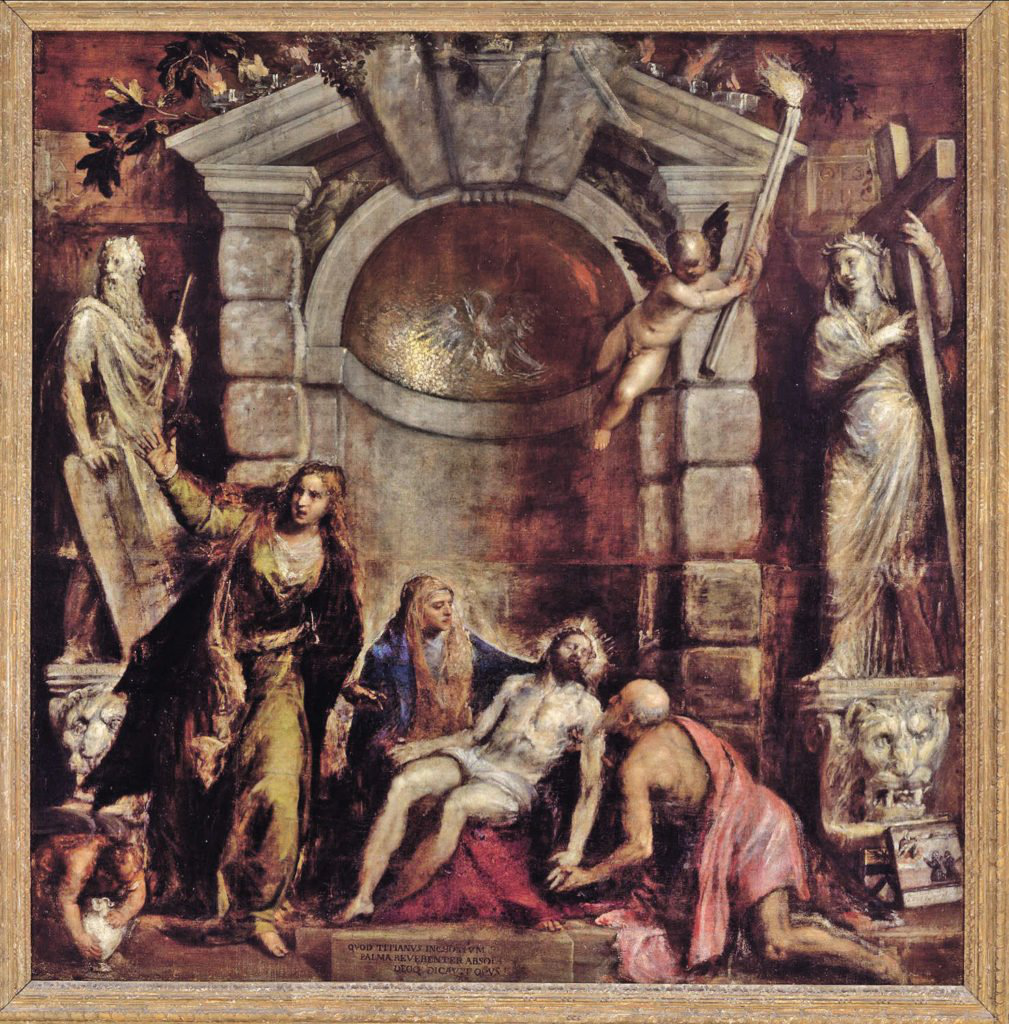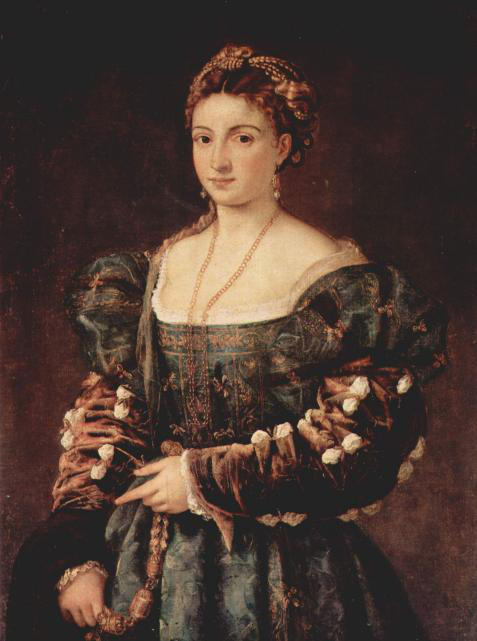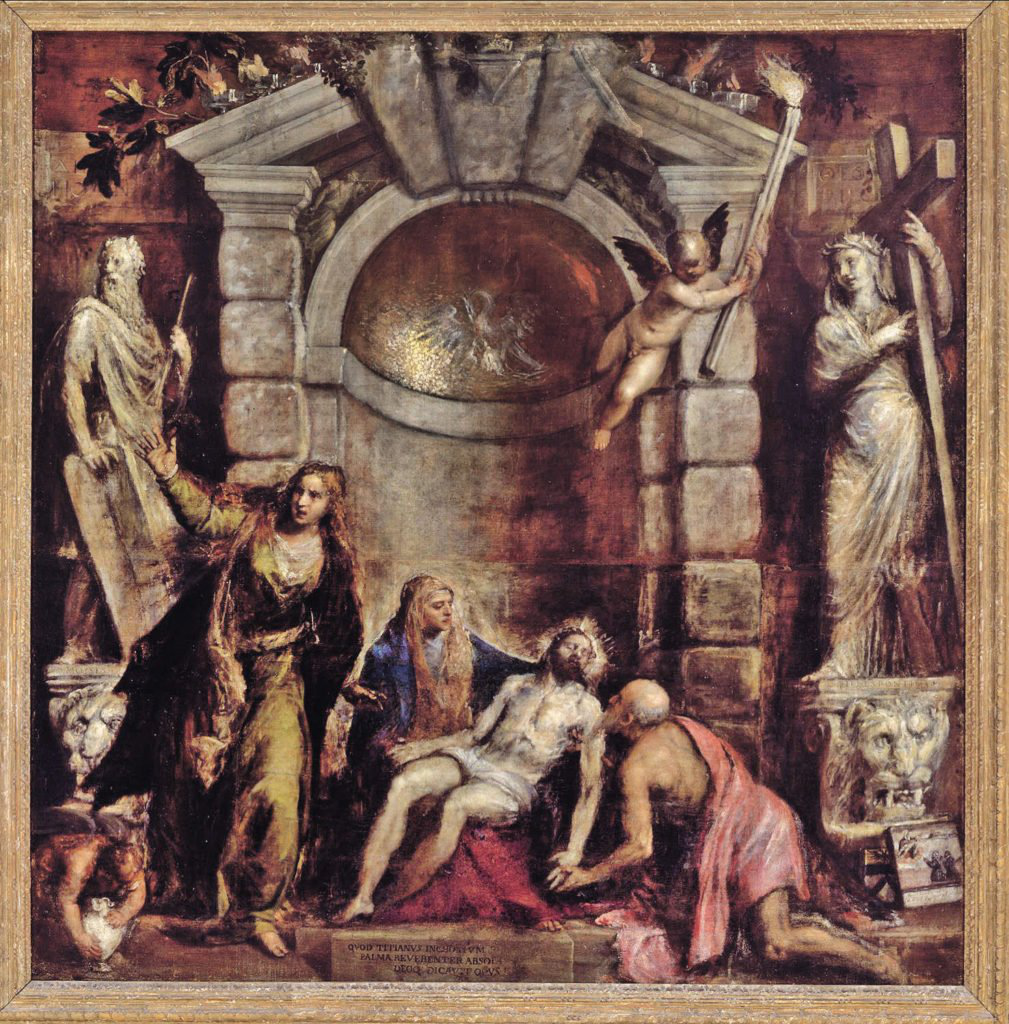
Biography
Titian or Titian Vechellio is one of the greatest artists of all time and people, along with such legends of the Italian Renaissance as Leonardo, Michelangelo, and Raphael. He was born near Venice, in the town of Pieve di Cadore. Disputes over the date of his birth do not die out until now.
Father – Gregorio Vecellio – was the inspector of the mines and the chief of the people’s militia, that is, the family was not rich, but not poor. One day, Titian took paints from his home dye and painted on the bleached wall of the house of the Virgin Mary, in which his mother’s features were recognized. And although the father, the military, and state husband, would prefer to see his son as a notary, Lucia insisted that Titian, along with his younger brother Francesco, go to Venice, to study painting. Upon arrival in Venice, Titian worked as an apprentice to Sebastiano Dzukatto and then moved to the workshop of Giovanni Bellini to study painting.
But in general, little is known about Titian’s education. According to the researchers of Titian’s work, the artist did not read Latin – it was at that time a sign of a good education. Most of the Titian letters were written by other people at his request. However, this did not prevent his friendship with many writers.
In 1530, Titian was introduced to the Emperor of the Holy Roman Empire, Charles V. During the next visit, the emperor had already granted the artist the titles of the Knight of the Golden Spur and Count Palatine. This title was not awarded to any painter.
Acquaintance with the emperor forced Titian to overcome his fear of distant travel. He now actively traveled to Spain and other countries, working on the order of Charles V.
The master died, as is supposed, from the plague – in 1576 she covered the whole of Venice. Even though he died of the plague, his body was not burnt but buried in the church.
Key Ideas in painting
As already known, Titian painted pictures on biblical and mythological subjects; he became famous as a portraitist. J. Vasari wrote that “there was no such eminent person and noble lady who would not have touched his brush. And in this sense, there was not, no and he will not be equal among artists. He was commissioned by kings and popes, cardinals, dukes and princes. Titian was not even thirty when he was recognized as the best painter in Venice.
Titian’s paintings were copied thousands of times, but they could not transmit the heavenly radiance that comes from the canvases. For the full animation depicted in the portraits of people lacked only breathing. Titian created more than a hundred portraits: beautiful women and proud men, dukes, emperors and kings, the Roman pope, but they all looked earthly.
A special feature of Titian Vecellio’s creative work is the virtuosic work with color, and for the later works – their subtle colorful chromaticity. The master builds a color gamut in such a way that imperceptible shades and highlights allow you to depict even feelings and emotions, especially in paintings with mythological or religious themes. Later pictures of Titian shimmer with a multitude of semitones that acquire airiness.
Famous paintings made by Titian
Pietà

Pieta – Lamentation of Christ. The size of the picture is 352 x 349 cm, canvas, oil. It is exhibited in the Venetian gallery. This work of the artist is the deepest in feeling and thought. This work has remained unfinished. It was completed by Titian student Palma the Younger. It depicts a large niche in which the Virgin Mary supports the body of Christ with the help of the kneeling Nicodemus. To the left of them stands Mary Magdalene. These figures form an ideal triangle. Tiziano transferred with extraordinary force in this canvas and the immeasurable depth of human grief and all its mournful beauty.
Penitent Magdalene

The model of the picture was Julia Festina, who impressed the artist with a shock of gold-cast hair. The picture shows a woman experiencing incredible mental suffering. The plot of “Penitent Mary Magdalene” – one of the most common Renaissance stories. He shows us the repentant prodigal woman who went after Christ to wash away the shame of the past, to repent for her sins.
The finished canvas greatly impressed the Duke of Gonzaga, and he decided to order his copy. Later, Titian, changing the background and the position of the woman, wrote a couple of similar works.
But the old legend says that, when he died, Titian took this painting in his hands. After the artist left (1576), the painting went to his son – Pomponio Vecellio, who in turn sold her patrician Cristoforo Barbarigo.
La Bella / “Beauty” (1536)

Portrait “Beauty,” most likely, is a portrait of idealized female beauty, and not a drawing of a certain woman. The picture embodies one of the most beautiful female images in the history of world art.
In correspondence with the Duke of Urbino, he called her “Lady in a blue dress.” The image he created is surprisingly touching and sublime. As a great colorist, Titian creates in the picture a whole palette of imperceptibly passing into each other shades of the same color. The play of light and shadow creates a feeling of breathing, as if the lady stopped for just a moment, adjusted her sleeve, or something to consider.
“Madonna and Child” (1507)

One of the earliest works of the artist, among the known at the moment. At the time of writing this work, the artist was about 18 years old). At the beginning of his journey, Titian’s style was close to the style of another master of the Italian Renaissance, Giorgione, and so much so that for some time the attribution of this painting was in question. Vasari in his famous work “Biographies of the famous painter, sculptors, and architects” wrote about Titian as a continuer of the traditions of Giorgione. If we talk about the picture itself, then the composition is quite typical for the style of that time – the Madonna is depicted against the background of a pastoral landscape, which, according to some researchers, reminds the native land of the artist – the Italian region of Cadore (Titian moved to Venice at the age of 10-12 years ).
“Madonna and Child” also has the second title – “Madonna of Lochis” – by the name of the famous European collector of the XIX century Count Guglielmo Lochis (Guglielmo Lochis), the gem of which she was. Now this work is stored in the Academy of Carrara in Bergamo.
The Baptism of Christ

Size-115 x 89 cm. This painting refers to the period when Titian developed his style, and his works became less and less like the works of Bellini and Giorgione. There are three characters in the picture – Christ himself, dressed in white and knee-deep in the Jordan River, John the Baptist, and diagonally from him – a man in black, watching the sacrament of baptism. According to researchers, this man is Giovanni Ram, the direct customer of the picture. The artist in this work was able to achieve the effect-the famous device invented by Leonardo da Vinci, which allows conveying in the picture the air enveloping its heroes. Until the end of the XVI century, this picture was owned by the Ram family, then it was sold, and after some time, in 1750, it fell into the collection of the Capitoline Pinakothek.





